Piping Questionnaire
Source: https://www.engbasics.com/
Usually dispatched in 2 to 3 days
Usually dispatched in 2 to 3 days
Category:
Hydraulic , Piping & Fittings
Only logged in customers who have purchased this product may leave a review.
Related products
Introduction to Piping Design
• As per Merriam Webster dictionary , the pipe is a long tube or hollow body for conducting a liquid, gas, or finely divided solid.
• Technically : The pipe Is a beam , which acts as pressure vessel and transfer fluids.
Introduction to Piping Design
• As per Merriam Webster dictionary , the pipe is a long tube or hollow body for conducting a liquid, gas, or finely divided solid.
• Technically : The pipe Is a beam , which acts as pressure vessel and transfer fluids.
Basic Pipe Stress Analysis Tutorial
It is common practice worldwide for piping designers to route piping by considering mainly space, process and flow constraints (such as pressure drop) and other requirements arising from constructability, operability and reparability. Unfortunately, pipe stress analysis requirements are often not sufficiently considered while routing and supporting piping systems, especially in providing adequate flexibility to absorb expansion/contraction of pipes due to thermal loads. So, when “as designed” piping systems are handed-off to pipe stress engineers for detailed analysis, they soon realize that the systems are “stiff” and suggest routing changes to make the systems more flexible. The piping designers, in turn, make changes to routing and send the revised layout to the pipe stress engineers to check for compliance again. Such “back and forth” design iterations between layout and stress departments continue until a suitable layout and support scheme is arrived at, resulting in significant increase in project execution time, which, in turn, increases project costs. This delay in project execution is further worsened in recent years by increased operating pressures and temperatures in order to increase plant output; increased operating pressures increase pipe wall thicknesses, which, in turn, increase piping stiffnesses further. Such increased operating temperatures applied on “stiffer” systems increase pipe thermal stresses and support loads. So, it is all the more important to make the piping layout flexible at the time of routing.
Basic Pipe Stress Analysis Tutorial
It is common practice worldwide for piping designers to route piping by considering mainly space, process and flow constraints (such as pressure drop) and other requirements arising from constructability, operability and reparability. Unfortunately, pipe stress analysis requirements are often not sufficiently considered while routing and supporting piping systems, especially in providing adequate flexibility to absorb expansion/contraction of pipes due to thermal loads. So, when “as designed” piping systems are handed-off to pipe stress engineers for detailed analysis, they soon realize that the systems are “stiff” and suggest routing changes to make the systems more flexible. The piping designers, in turn, make changes to routing and send the revised layout to the pipe stress engineers to check for compliance again. Such “back and forth” design iterations between layout and stress departments continue until a suitable layout and support scheme is arrived at, resulting in significant increase in project execution time, which, in turn, increases project costs. This delay in project execution is further worsened in recent years by increased operating pressures and temperatures in order to increase plant output; increased operating pressures increase pipe wall thicknesses, which, in turn, increase piping stiffnesses further. Such increased operating temperatures applied on “stiffer” systems increase pipe thermal stresses and support loads. So, it is all the more important to make the piping layout flexible at the time of routing.
Flow Measurement in Pipes and Ducts
This course is about measurement of the flow rate of a fluid flowing under pressure in a closed conduit. The closed conduit is often circular, but also may be square or rectangular (such as a heating duct) or any other shape. The other major category of flow is open channel flow, which is the flow of a liquid with a free surface open to atmospheric pressure. Measurement of the flow rate of a fluid flowing under pressure, is carried out for a variety of purposes, such as billing for water supply to homes or businesses or, for monitoring or process control of a wide variety of industrial processes that involve flowing fluids. Several categories of pipe flow measurement devices will be described and discussed, including some associated calculations.
Flow Measurement in Pipes and Ducts
This course is about measurement of the flow rate of a fluid flowing under pressure in a closed conduit. The closed conduit is often circular, but also may be square or rectangular (such as a heating duct) or any other shape. The other major category of flow is open channel flow, which is the flow of a liquid with a free surface open to atmospheric pressure. Measurement of the flow rate of a fluid flowing under pressure, is carried out for a variety of purposes, such as billing for water supply to homes or businesses or, for monitoring or process control of a wide variety of industrial processes that involve flowing fluids. Several categories of pipe flow measurement devices will be described and discussed, including some associated calculations.
Pipe Inspection Manual
The New Zealand Pipe Inspection Manual 3rd Edition has been prepared in order to provide:
• An overview of the tasks that can be completed using Closed Circuit Television (CCTV) and how these activities can be used to manage wastewater and stormwater assets.
• A standardised set of codes for recording observations noted during CCTV inspections.
• An outline of good practice procedures for carrying out CCTV inspections and for processing and analysing the information collected.
• Standard Technical Specifications and Model Conditions of Contract for use when engaging CCTV contractors.
Pipe Inspection Manual
The New Zealand Pipe Inspection Manual 3rd Edition has been prepared in order to provide:
• An overview of the tasks that can be completed using Closed Circuit Television (CCTV) and how these activities can be used to manage wastewater and stormwater assets.
• A standardised set of codes for recording observations noted during CCTV inspections.
• An outline of good practice procedures for carrying out CCTV inspections and for processing and analysing the information collected.
• Standard Technical Specifications and Model Conditions of Contract for use when engaging CCTV contractors.



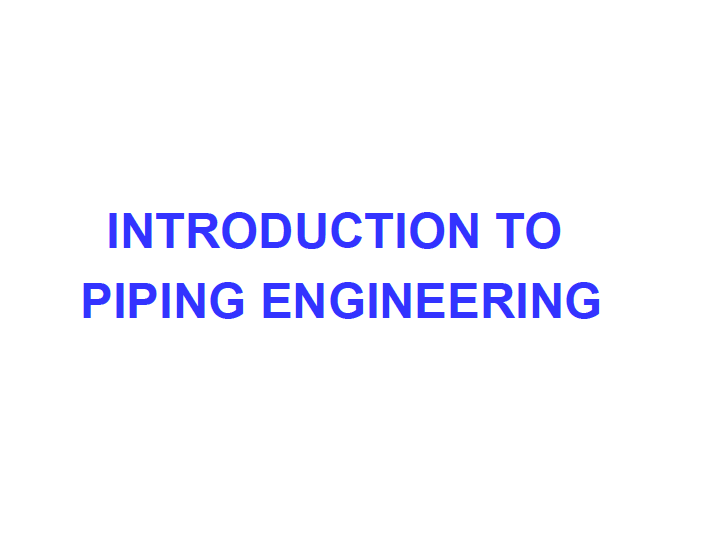

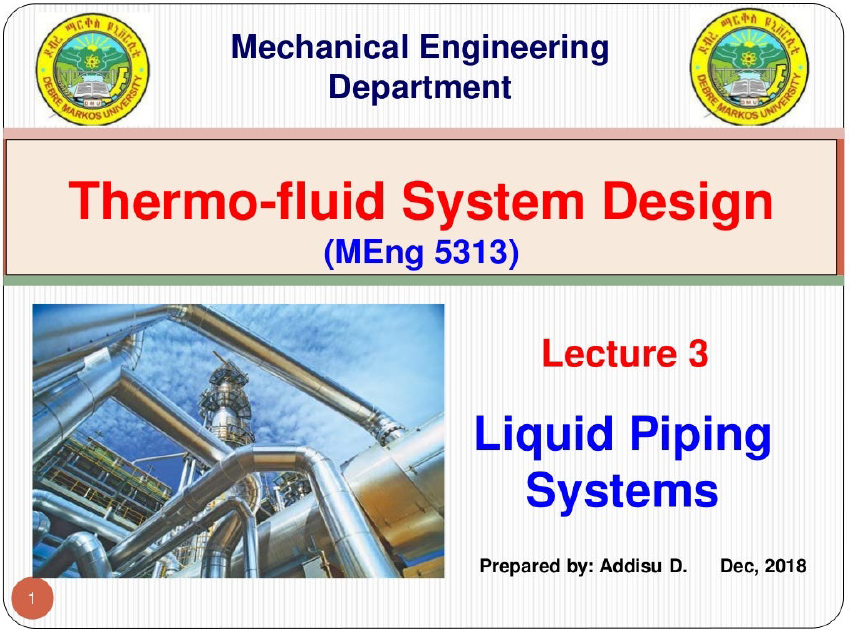

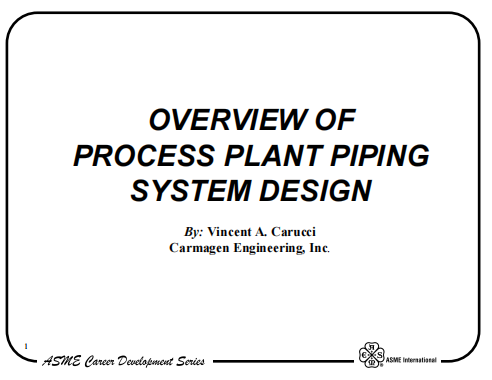
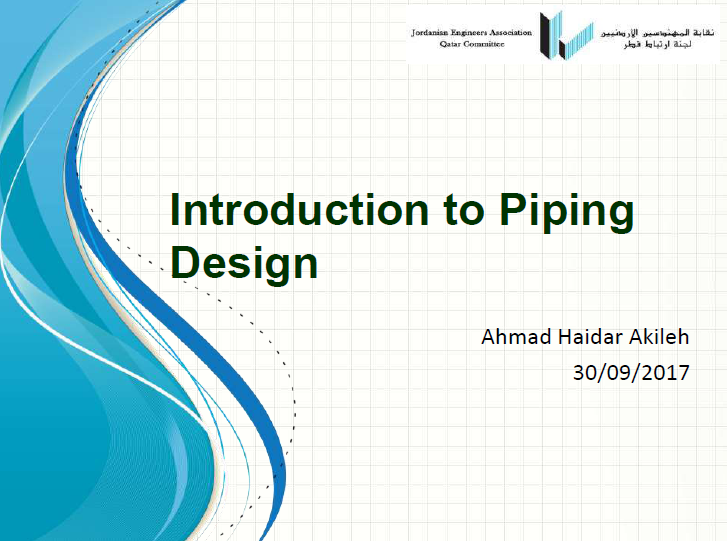





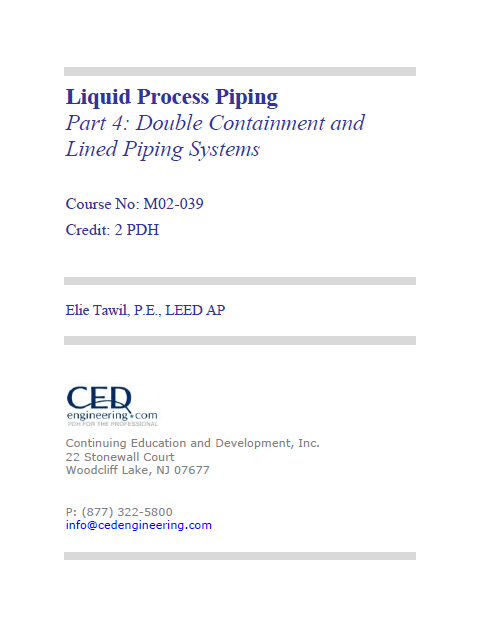
Reviews
There are no reviews yet.